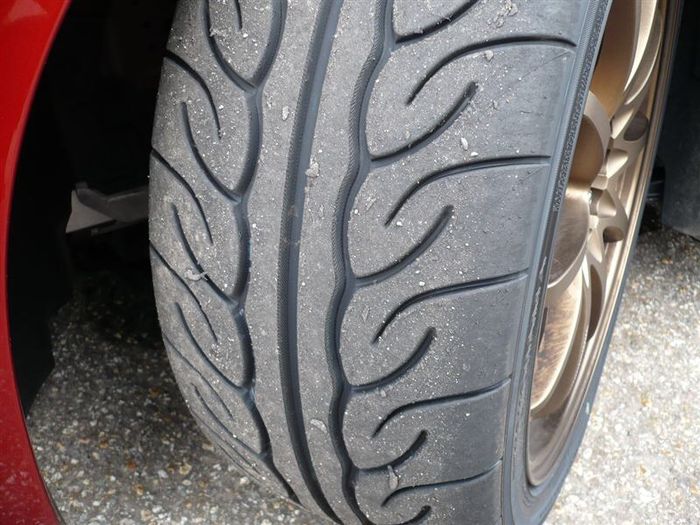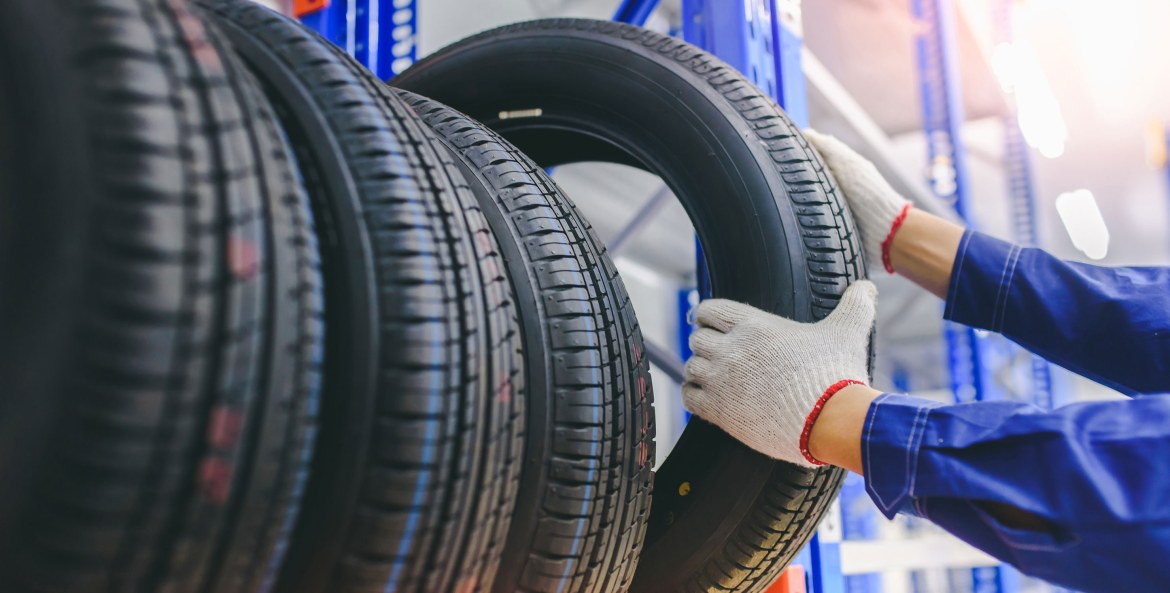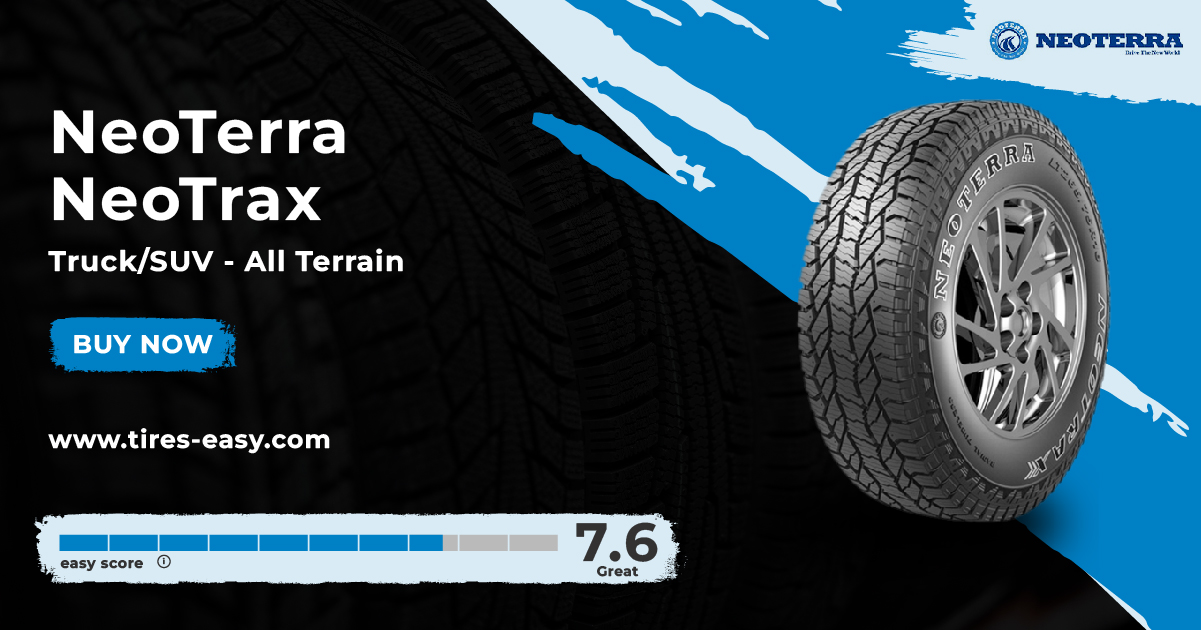All Categories
Featured
Table of Contents
I was able to get 100 hours out of among these tires, and while it had absolutely no tire lugs left on it, the soft compound made it function extremely wellas long as I was utilizing a soft mousse. Kitt Stringer picture Easy installing - 3Wear - 3Sidewall toughness - 3Performance on roots - 4Performance on damp rocks - 2Traction on dirt - 5Cornering capacity - 4Traction while braking - 4Self-clearing of dirt and mud - 3Performance in mud - 3Overall predictability or tracking - 3 _ 37 Verdict: This is an excellent well-rounded tire with excellent value for cash.

The wear corresponded and I like the length of time it lasted and just how consistent the feeling was during usage. This would certainly likewise be an excellent tire for faster races as the lug dimension and spacing bit in well on quick terrain. Kitt Stringer image Easy placing - 3Wear - 3Sidewall toughness - 3Performance on roots - 4Performance on wet rocks - 4Traction on dust - 4Cornering ability - 4Traction while stopping - 5Self-clearing of dirt and mud - 4Performance in mud - 4Overall predictability or tracking - 4_42 Final thought: I liked this tire a whole lot.
If I needed to acquire a tire for difficult enduro, this would certainly remain in my leading choice. Easy installing - 3Wear - 3Sidewall toughness - 3Performance on origins - 4Performance on wet rocks - 3Traction on dust - 4Cornering ability - 3Traction while stopping - 3Self-clearing of dust and mud - 4Performance in mud - 4Overall predictability or monitoring - 3 _ 34 Verdict: This tire was really soft and pliable.
All the gummy tires I examined performed rather close for the very first 10 hours or so, with the winners going to the softer tires that had better grip on rocks (Tyre offers). Getting a gummy tire will absolutely provide you a solid advantage over a routine soft compound tire, yet you do pay for that benefit with quicker wear
Tyre Repair (Bedford)
Best worth for the rider that wants suitable efficiency while obtaining a fair amount of life. Ideal hook-up in the dust. This is a suitable tire for spring and loss conditions where the dirt is soft with some wetness still in it. These tested race tires are terrific all about, however use promptly.
My general winner for a difficult enduro tire. If I needed to spend cash on a tire for day-to-day training and riding, I would certainly select this one.
Top Tyre Deals (Bedford 6052 WA)
I've been running a set of Michelin Power Pilot 2CT's on my track Daytona 675 for the past year. Because time I have actually done 15 track days in all climates from chilly wet to super warm and these tires have actually never ever missed out on a beat. Long-lasting tyres. I have actually done almost 2,000 miles (3,200 kilometres) on them and as you can see from this shot of the front taken after first session of my 15th track day on them, they still have rather a great deal of rubber left on them
Simply put the 2CT is a remarkable track day tire. If you're the type of biker that is most likely to run into both damp and completely dry problems and is starting on track days as I was last year, then I think you'll be tough pushed to discover a better worth for cash and proficient tyre than the 2CT; a set of which will certainly set you back around 185 (US$ 300) in the UK.
Coming up with a far better all rounded road/track tyre than the 2CT need to have been a hard job for Michelin. The outcome of that effort is the Michelin Pilot Power 3 which basically replaces the Pure. Do not confuse this new tyre with the roadway going Pilot Road 3 which is not created for track use (although some motorcyclists do).
They inspire huge confidence and supply fantastic hold levels in either the damp or the dry. When the Pilot Power 3 introduced, Michelin recommended it as a 50:50% road: track tyre. That message has lately transformed since the tires are now suggested as 85:15% roadway: track usage rather. All the rider reports that I've read for the tire rate it as a better tyre than the 2CT in all areas yet specifically in the damp.
Affordable Tyre And Wheel Services
Technically there are numerous differences in between both tyres despite the fact that both use a twin compound. Visually you can see that the 2CT has fewer grooves cut right into the tyre but that the grooves go to the side of the tire. The Pilot Power 3 has more grooves for much better water dispersal but these grooves don't get to the shoulder of the tyre.
One element of the Pilot Power 3 which is various to the 2CT is the brand-new 2CT+ innovation which expands the harder middle section under the softer shoulders (on the back tire). This need to give much more security and minimize any type of "agonize" when increasing out of edges in spite of the lighter weight and even more adaptable nature of this new tire.

I was slightly dubious about these reduced pressures, it transformed out that they were great and the tyres executed really well on track, and the rubber looked far better for it at the end of the day. Equally as a point of recommendation, various other (rapid team) riders running Metzeler Racetecs were making use of tyre stress around 22-24 psi for the back and 24-27 psi on the front.
Thinking of a better all round road/track tire than the 2CT need to have been a difficult task for Michelin. The result of that initiative is the Michelin Pilot Power 3 which basically replaces the Pure. Do not perplex this brand-new tyre with the road going Pilot Road 3 which is not developed for track usage (although some bikers do).
Discount Car Tyres
They inspire big self-confidence and provide outstanding grip degrees in either the damp or the dry. When the Pilot Power 3 introduced, Michelin suggested it as a 50:50% roadway: track tyre. That message has actually just recently altered since the tires are currently advised as 85:15% roadway: track use instead. All the biker reports that I've read for the tyre price it as a much better tyre than the 2CT in all areas but particularly in the wet.

Technically there are many differences between the 2 tyres even though both use a dual substance. Aesthetically you can see that the 2CT has fewer grooves reduced right into the tyre yet that the grooves run to the side of the tire. The Pilot Power 3 has more grooves for much better water dispersal yet these grooves don't get to the shoulder of the tyre.
One facet of the Pilot Power 3 which is various to the 2CT is the brand-new 2CT+ modern technology which expands the harder center section under the softer shoulders (on the rear tire). This must offer extra stability and reduce any kind of "squirm" when accelerating out of corners despite the lighter weight and more flexible nature of this new tire.
I was somewhat suspicious about these reduced stress, it turned out that they were great and the tyres executed truly well on track, and the rubber looked far better for it at the end of the day - Tyre sales. Simply as a point of reference, other (fast team) bikers running Metzeler Racetecs were making use of tyre pressures around 22-24 psi for the rear and 24-27 psi on the front
Latest Posts
Best Wheel Balancing Near Me
Best Tyre Balancing (Wangara WA)
Tyre Rotation Services – Lockridge WA